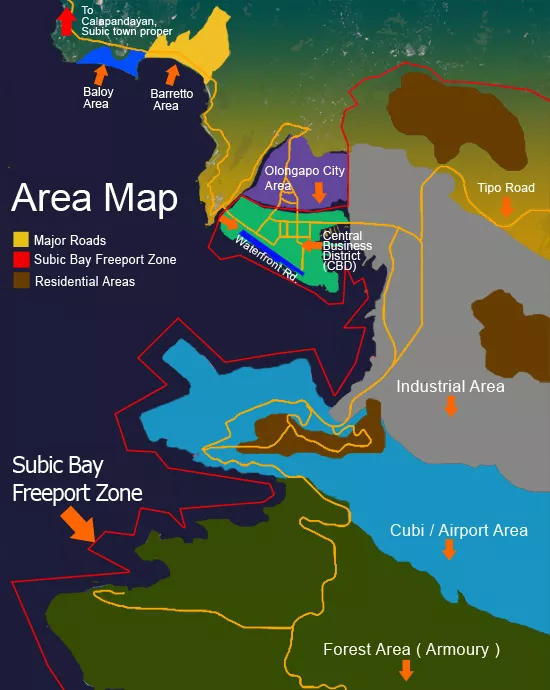Study Explores Links Among Overseas Military Bases, Special Economic Zones, and Tourist Resorts
Since the 1970s, global inequality has dramatically increased. When policy makers and others look to explain this inequality, many look to international cities like London, New York, or Bejing for possible answers.
However there are other areas, called “global borderlands” by Assistant Professor Victoria Reyes of Bryn Mawr’s Growth and Structure of Cities Department, that can also help us better understand the interactions that occur among people of different nationalities, classes, and races/ethnicities and in particular the complex dynamics that occur within foreign-controlled spaces.
Using documents, observations, and interview data, Reyes argues that overseas military bases, special economic zones, tourist resorts, international branch campuses (like NYU Abu Dhabi), and embassies have common dynamics.
The research, titled “Global borderlands: A case study of Subic Bay Freeport Zone, Philippines,” appears in the July issue of the journal Theory and Society. It examines the interactions that occur in the former U.S. Subic Bay Naval Base, Philippines, and the Subic Bay Freeport Zone, Philippines, from which the former naval base was transformed.
Global borderlands have three things in common, argues Reyes. First, they are foreign-controlled, meaning that they are either foreign-owned or heavily influenced by foreigners, and thus semi-sovereign—the question of “who rules?” is negotiated and fluid within these places. Second, they have geographic and symbolic boundaries that separate them from the surrounding community. Finally, they are built on structurally unequal settings, referring to the differences in wages and resources among foreigners and locals.
“I do not assume that these places necessarily have negative connotations. Indeed, some people may enjoy or prefer working, shopping, or living within global borderlands, while others are excluded from these places,” says Reyes.
In the study, Reyes examines the 2005 rape of “Nicole,” a Filipina, by an American Marine. She shows how the subsequent aftermath and trial produced different regulations based on nationality, and how scholars, activists, lawyers, judges, and the media used the trial to critique the U.S. military presence in the Philippines. Reyes also examines how Filipino elites transformed the former naval base into a Freeport Zone, and used the former bases’ buildings, rules (e.g., against littering), and how people talked about the base (as “good”) to further distinguish the Freeport Zone from the surrounding city of Olongapo. Finally, Reyes analyzes the structural inequality within the Freeport. She finds that despite the wage differences between Freeport workers and Freeport visitors, Freeport workers prefer working within the Harbor Point mall because of the relatively higher and more stable wage it produces, compared to similar work outside the Freeport. She also looks at how Filipino workers talked about their interactions with foreigners—specifically, Americans and Koreans—and argues that these everyday perceptions and interactions directly influence and are influenced by state-to-state relationships.
